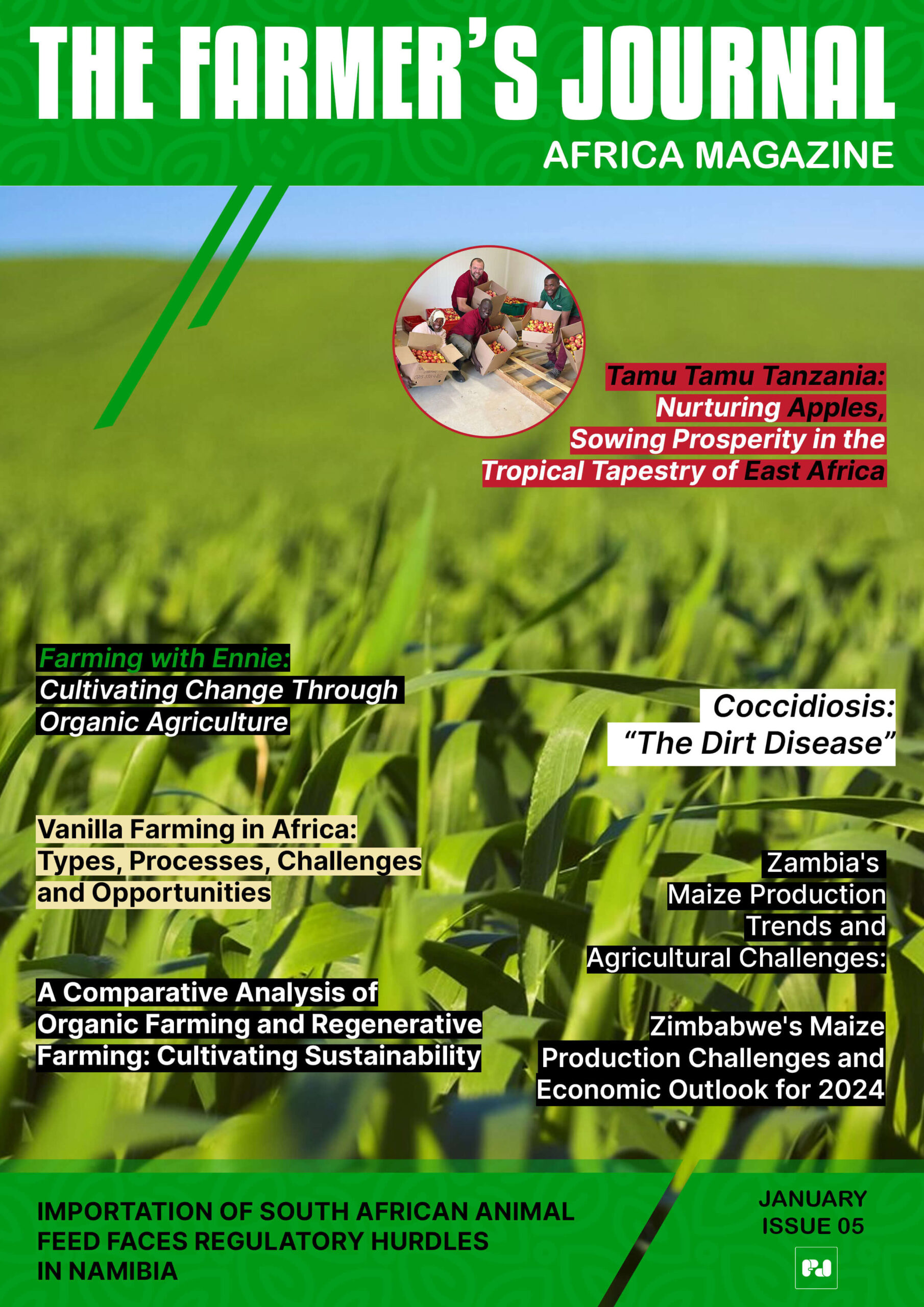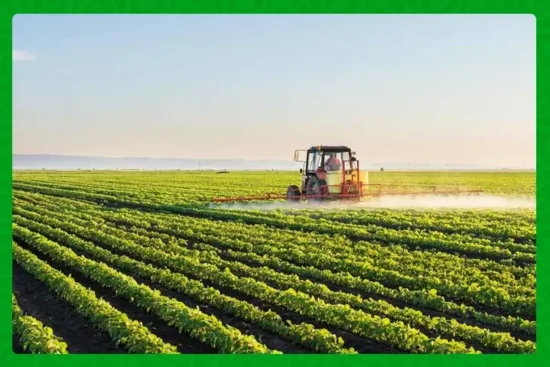
Picture the sun rising over a henhouse near Otavi, the scent of straw and feathers mingling in the crisp morning air. For farmer Maria Nghikembua, each cluck and flutter is part of her daily rhythm. Last year, that routine was upended when an unusual number of birds fell ill overnight. “I thought it was just a bad cold,” she recalls, voice tight with memory. By dawn, nearly half her flock lay lifeless; victims of a silent invader she never saw coming.
Neighbours on Alert
Just south, across Namibia’s border, South Africa has reported fresh H5N1 outbreaks and, this spring, began vaccinating its broiler breeders. Those developments set off alarm bells here. With roughly 15 million poultry birds nationwide contributing nearly 8 per cent of agricultural GDP, a single flare-up could wipe out millions of dollars in stock and threaten the livelihoods of thousands of small-scale farmers like Maria.
Lessons from the Coast
In January 2022, a sudden die-off of more than 1,000 cormorants and pelicans around Walvis Bay and Swakopmund confirmed H5N1’s reach. Wildlife officers scrambled boats into the lagoon, collecting samples as a chill wind blew off the Atlantic. Genetic tests showed the strain matched viruses from Lesotho and Botswana. By March 18, strict movement controls and community reporting had stamped out that coastal outbreak, but not before handing Namibia a clear playbook.
Building a Defense
Today, the Poultry Producers Association (PPA) is working with the Directorate of Veterinary Services and the Ministry of Agriculture, Water and Land Reform to weave those lessons into formal protocols. Chairperson Louis Kleynhans, sipping rooibos tea in his Windhoek office, stresses the urgency. “We cannot afford to wait until signs of panic appear,” he says. Key measures include:
- Vaccine Pathways
Registering bird flu vaccines with local regulators and arranging import agreements so doses are on hand if H5N1 crosses our skies. - Transport and Trade Rules
Clear guidelines for moving live birds—who needs permits, how to disinfect crates, even which routes minimize contact with migratory waterfowl. - Surveillance Network
Partnering with conservancies in the Zambezi and Kunene regions to monitor wetlands where wild ducks and geese stop over. - Farmer Outreach
Mobile veterinary units are now touring northern settlements, demonstrating nest-yard fencing techniques and distributing laminated checklists to spot early symptoms, including a sudden drop in egg production, ruffled feathers, and nasal discharge.
The Human Toll
On a clear morning near Otjiwarongo, Maria leads me through her pens. She points to a sturdy wire mesh she installed after last year’s losses. “It cost 500 Namibian dollars, but it’s worth every penny,” she says, brushing her hand over the top rail. Her neighbour Jacob Tjikonane, who supplies meat to a Windhoek processor, stands by with a list of vaccine options he’s researching. “We need to think ahead,” he says. “If I lose one bird, it hurts. If I lose a thousand, my whole family goes hungry.”
Eyes on the Sky
Even central Namibia’s farms, sitting miles from major flyways, cannot ignore the danger. Migratory birds carrying H5N1 may show no signs themselves, yet pass the virus through shared water pans. That’s why clean water troughs, strict disinfection of boots and tools, and limiting free-range access near wetlands are nonnegotiable steps for every producer.
A Shared Responsibility
Namibia’s poultry industry knows the clock is ticking. Farmers, regulators, and ordinary citizens all have a role: report any sick or dead birds to veterinary offices, follow biosecurity practices, and stay informed. As the sun sets over Maria’s pens, she pauses to count her hens, each one a small victory against an invisible threat. “We’re ready,” she says, eyes steady. “Now it’s everyone else’s turn.”
Stay updated with the latest farming tips and agriculture industry news from Africa by subscribing to our newsletter. Don’t miss out on valuable insights and updates. Follow us on Twitter, LinkedIn, and Facebook to join our farming community and stay connected with us.


















